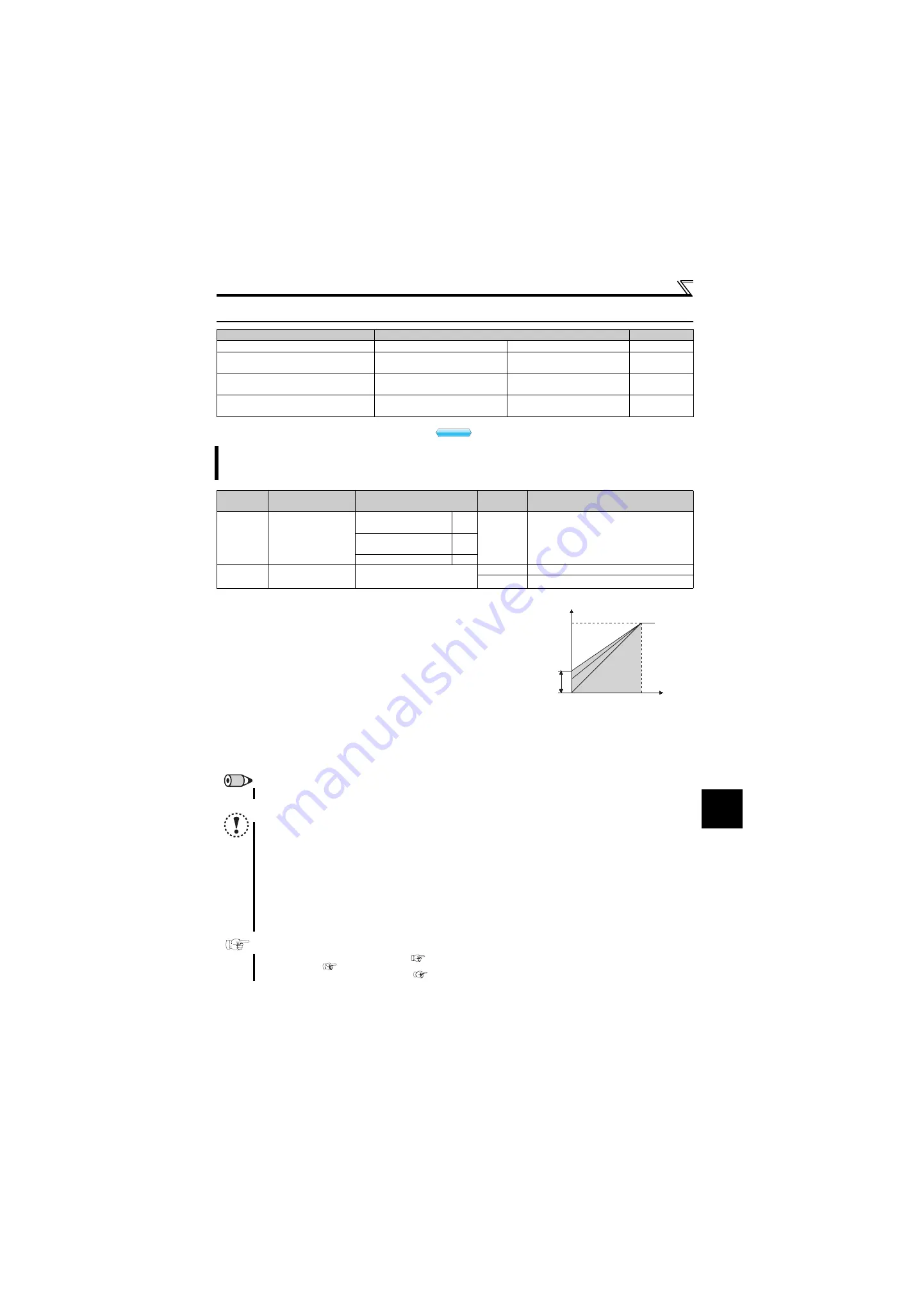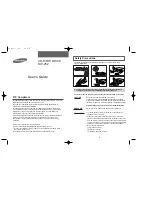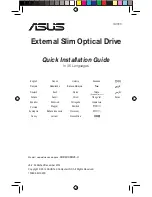
69
Adjust the output torque (current) of the motor
4.3 Adjust the output torque (current) of the motor
4.3.1
Manual torque boost (Pr. 0, Pr. 46)
(1) Starting torque adjustment
On the assumption that
Pr. 19 Base frequency voltage
is 100%, set
the output voltage at 0Hz in % to
Pr. 0 (Pr. 46)
.
Adjust the parameter little by little (about 0.5%), and check the
motor status each time. If the setting is too large, the motor will
overheat. The guideline is about 10% at the greatest.
(2) Set two kinds of torque boosts (RT signal,
Pr. 46
)
When you want to change torque boost according to applications, switch multiple motors with one inverter, etc., use
Second
torque boost
.
Pr. 46 Second torque boost
is valid when the RT signal is on.
For the terminal used for RT signal input, set "3" in any of
Pr. 178 to Pr. 182 (input terminal function selection)
to assign the function.
Purpose
Parameter that should be Set
Refer to Page
Set starting torque manually
Manual torque boost
Pr. 0, Pr. 46
Automatically control output current
according to load
General-purpose magnetic
flux vector control
Pr. 71, Pr. 80
Compensate for motor slip to secure
low-speed torque
Slip compensation
Pr. 245 to Pr. 247
Limit output current to prevent
inverter trip
Stall prevention operation
Pr. 22, Pr. 23, Pr. 66, Pr. 156,
Pr. 157
You can compensate for a voltage drop in the low-frequency range to improve motor torque reduction in the low-speed range.
Motor torque in the low-frequency range can be adjusted to the load to increase the starting motor torque.
Two kinds of start torque boosts can be changed by switching between terminals.
Parameter
Number
Name
Initial Value
Setting
Range
Description
0
Torque boost
FR-D740-022 or less
FR-D720S-008 to 042
6%
0 to 30%
Set the output voltage at 0Hz as %.
FR-D740-036 to 080
FR-D720S-070 and 100
4%
FR-D740-120 and 160
3%
46
∗
Second torque
boost
9999
0 to 30%
Set the torque boost when the RT signal is on.
9999
Without second torque boost
* The above parameters can be set when
Pr. 160 Extended function display selection
= "0".
REMARKS
The RT signal acts as the second function selection signal and makes the other second functions valid.
NOTE
The amount of current flows in the motor may become large according to the conditions such as the motor
characteristics, load, acceleration/deceleration time, wiring length, etc., resulting in an overcurrent trip (OL (overcurrent
alarm) then E.OC1 (overcurrent trip during acceleration), overload trip (E.THM (motor overload trip), or E.THT (inverter
overload trip).
(When a fault occurs, release the start command, and decrease the
Pr. 0
setting 1% by 1% to reset.) (
Refer to page 244
.)
The
Pr. 0, Pr. 46
settings are valid only when V/F control is selected.
When using the inverter dedicated motor (constant torque motor) with the FR-D740-120 and 160, set torque boost value to 2%.
When
Pr. 0
= "3%"(initial value), if
Pr. 71
value is changed to the setting for use with a constant-torque motor, the
Pr. 0
setting
changes to 2%.
Changing the terminal assignment using
Pr. 178 to Pr. 182 (input terminal function selection)
may affect the other
functions. Make setting after confirming the function of each terminal.
Parameters referred to
Pr. 3 Base frequency, Pr. 19 Base frequency voltage
Pr. 71 Applied motor
Pr. 178 to Pr. 182 (input terminal function selection)
V/F
V/F
V/F
Output voltage
Pr. 0
Pr. 46
Setting range
Base frequency
0
100%
Output frequency (Hz)
Summary of Contents for FR-D700 Series
Page 11: ...VII MEMO ...
Page 23: ...12 MEMO ...
Page 57: ...46 MEMO ...
Page 262: ...258 MEMO ...
Page 276: ...272 MEMO ...
Page 287: ...283 MEMO ...
Page 289: ......
















































